 African American Band
African American Band
County: Woodruff
 African American Band
African American Band
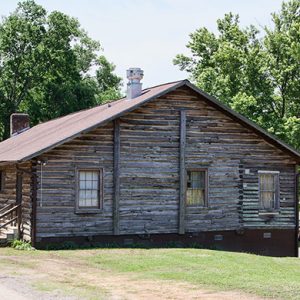 American Legion Post 166
American Legion Post 166
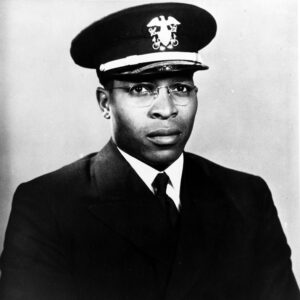 Jesse W. Arbor
Jesse W. Arbor
Arbor, Jesse Walter
Augusta (Woodruff County)
 Augusta Train Station
Augusta Train Station
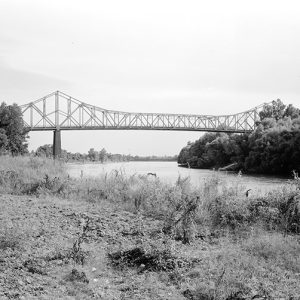 Augusta Bridge
Augusta Bridge
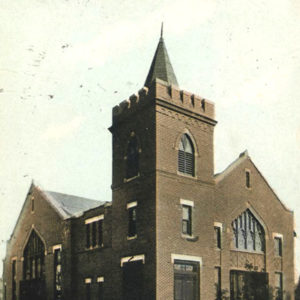 Augusta Church
Augusta Church
Augusta Expedition (December 7–8, 1864)
Augusta Expedition (January 4–27, 1865)
 Augusta Heritage Center
Augusta Heritage Center
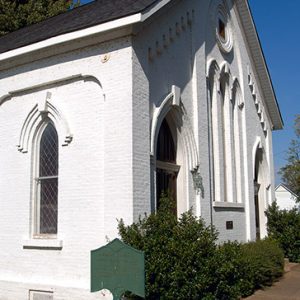 Augusta Presbyterian Church
Augusta Presbyterian Church
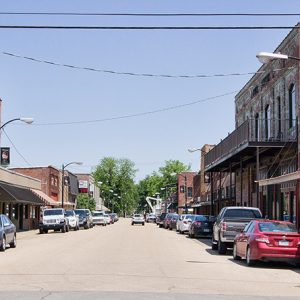 Augusta Street Scene
Augusta Street Scene
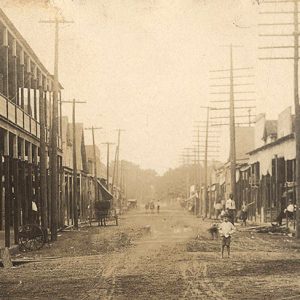 Augusta Street Scene
Augusta Street Scene
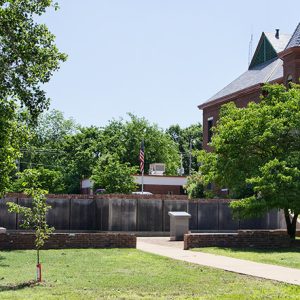 Augusta Veterans' Memorial
Augusta Veterans' Memorial
Augusta, Skirmish at
 Bayou De View
Bayou De View
Blackmon, Anita
aka: Anita Blackmon Smith
Brownderville, Greg Alan
Bunch, William
aka: Peetie Wheatstraw
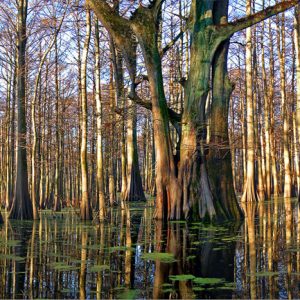 Cache River National Wildlife Refuge
Cache River National Wildlife Refuge
Collier, Gilbert Georgie
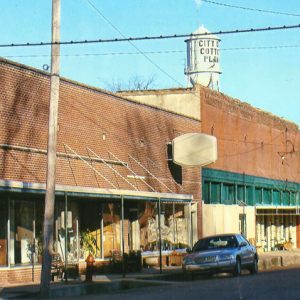 Cotton Plant
Cotton Plant
Cotton Plant (Woodruff County)
 Cotton Plant Presbyterian
Cotton Plant Presbyterian
 Cotton Plant Buildings
Cotton Plant Buildings
Cotton Plant Academy
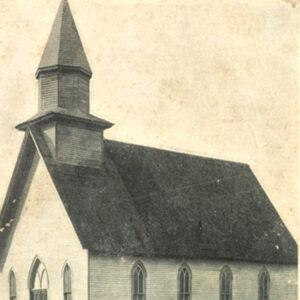 Cotton Plant Church
Cotton Plant Church
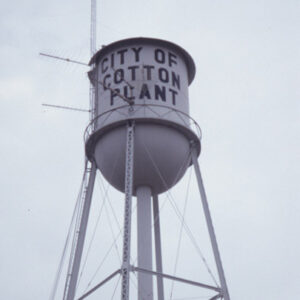 Cotton Plant Water Tower
Cotton Plant Water Tower
Cotton Plant Water Tower
Cotton Plant, Affairs at
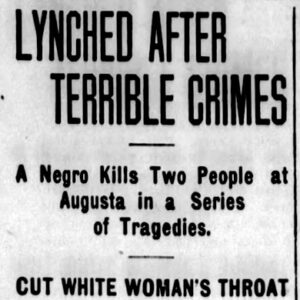 Arthur Dean Lynching Article
Arthur Dean Lynching Article
Dean, Arthur (Lynching of)
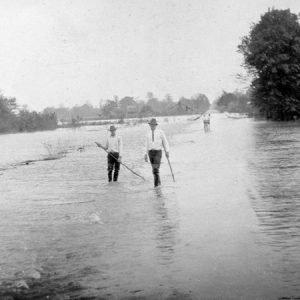 Dixie 1927 Flood
Dixie 1927 Flood
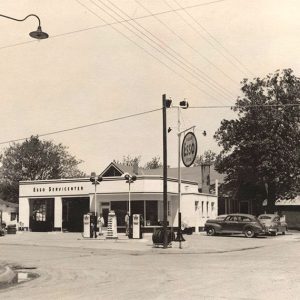 Esso Servicenter
Esso Servicenter
 False Faces
False Faces
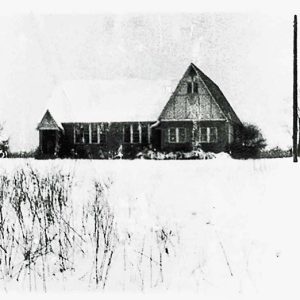 Fitzhugh School
Fitzhugh School
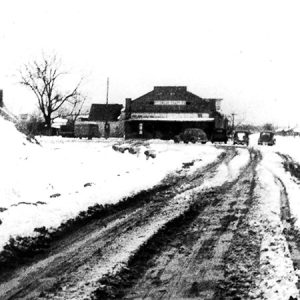 Fitzhugh
Fitzhugh
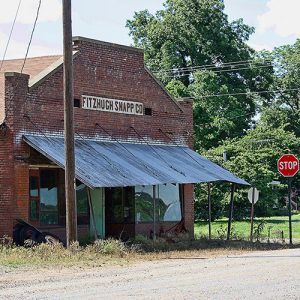 Fitzhugh Snapp Company
Fitzhugh Snapp Company
 Fitzhugh Cotton Gin
Fitzhugh Cotton Gin
Fitzhugh (Woodruff County)
Fitzhugh Snapp Company
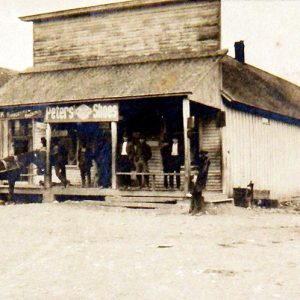 Fitzhugh Store
Fitzhugh Store
Fitzhugh’s Woods, Action at
 Action at Fitzhugh's Woods Location
Action at Fitzhugh's Woods Location
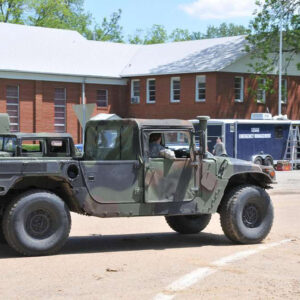 Flooding in Cotton Plant
Flooding in Cotton Plant
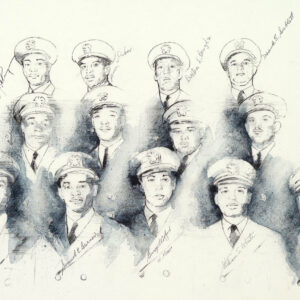 The Golden Thirteen
The Golden Thirteen
 Gregory Store
Gregory Store
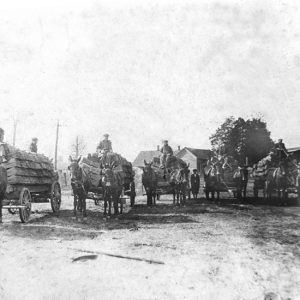 Hauling Cypress Shingles
Hauling Cypress Shingles




